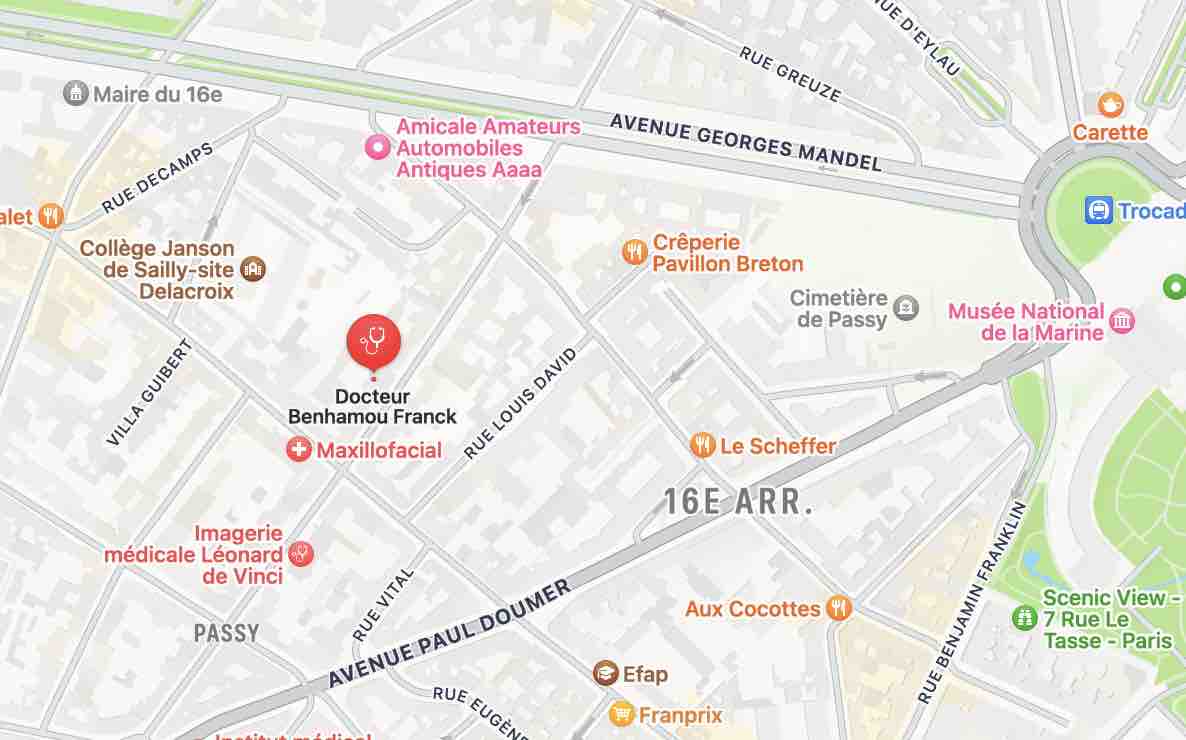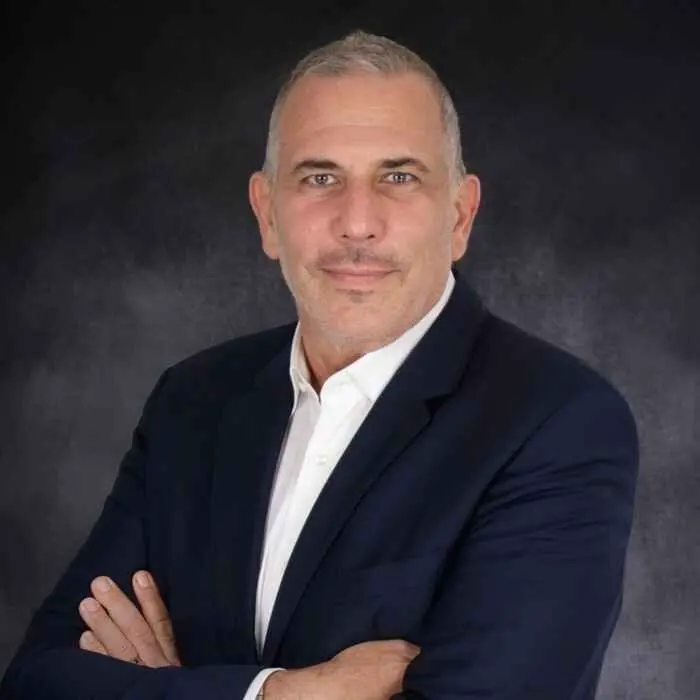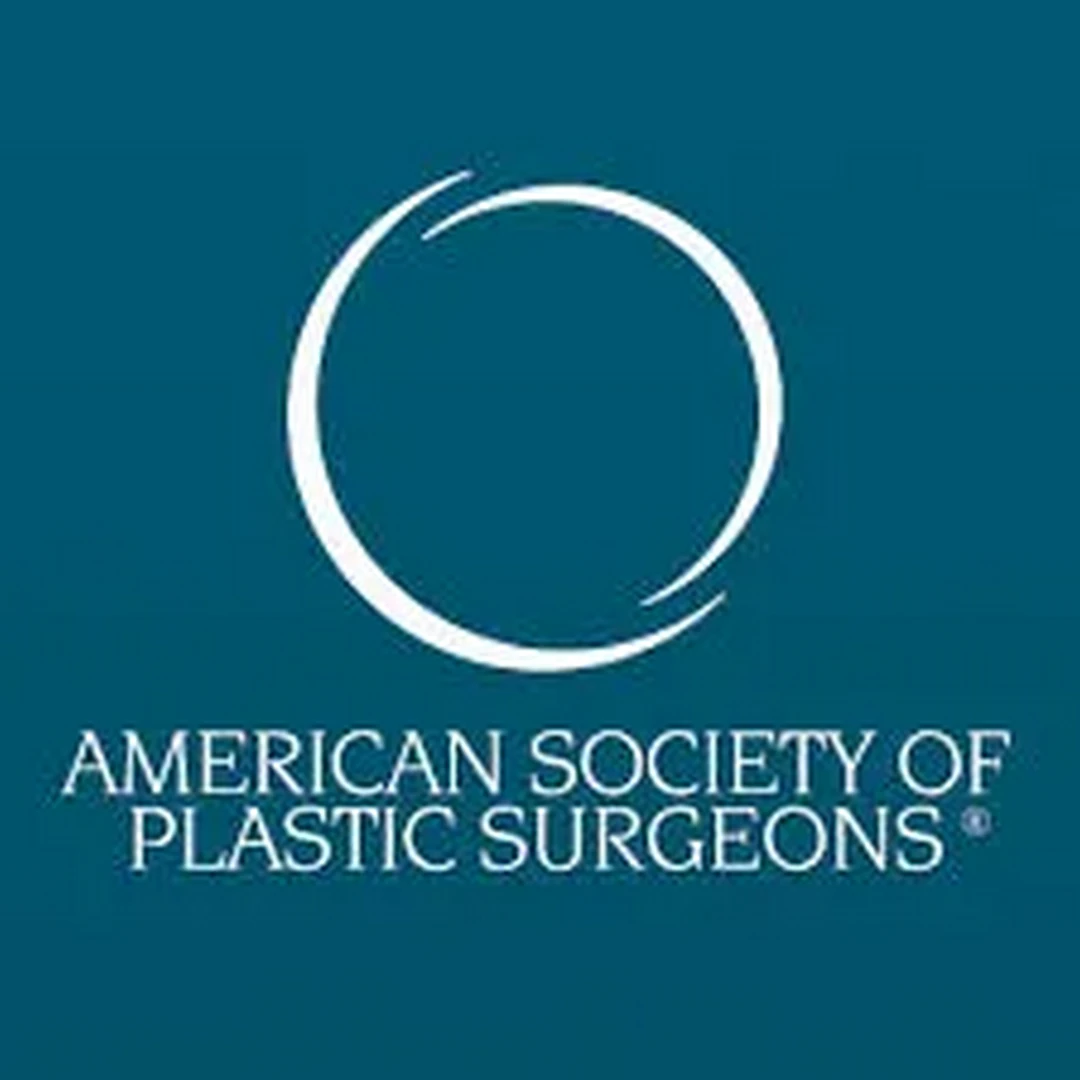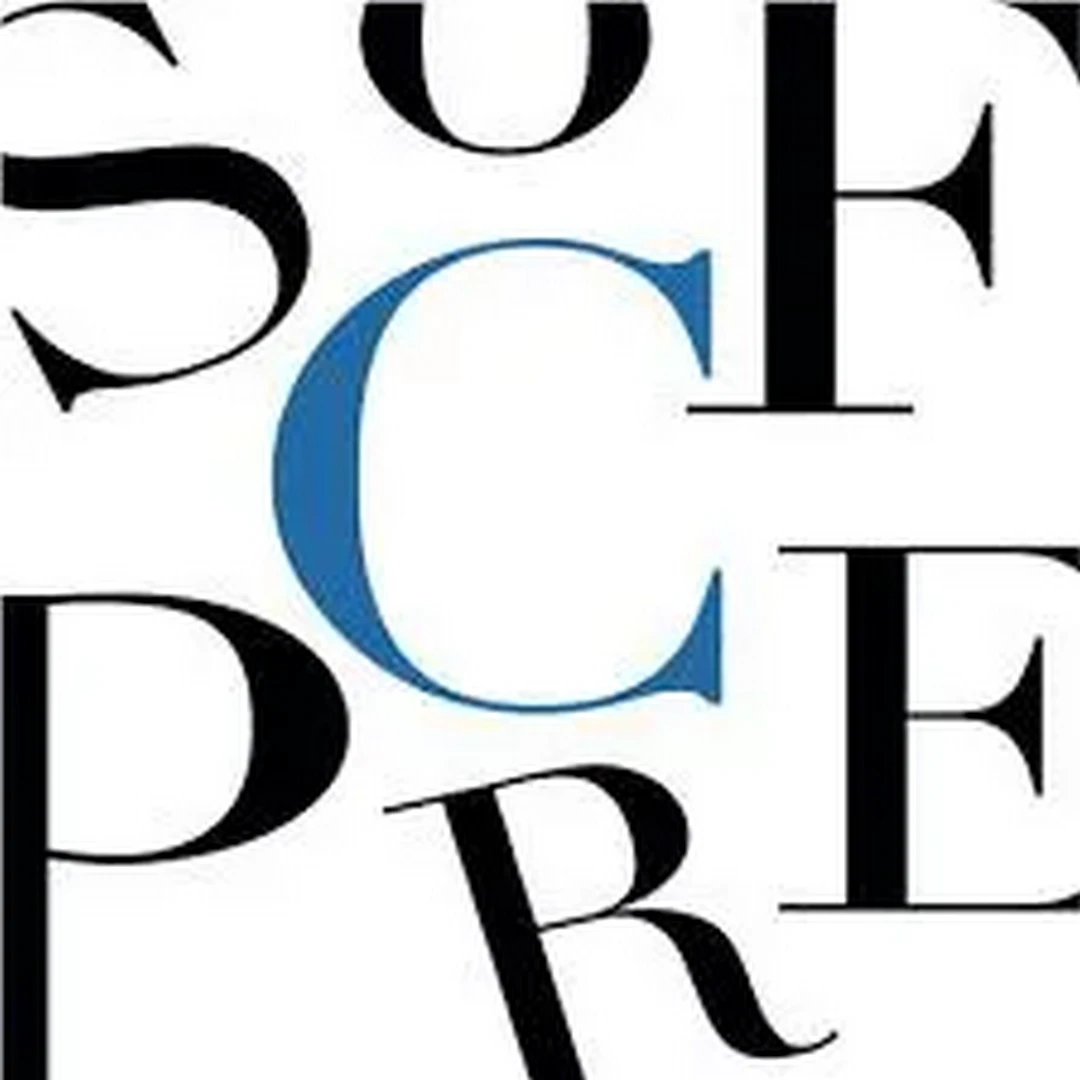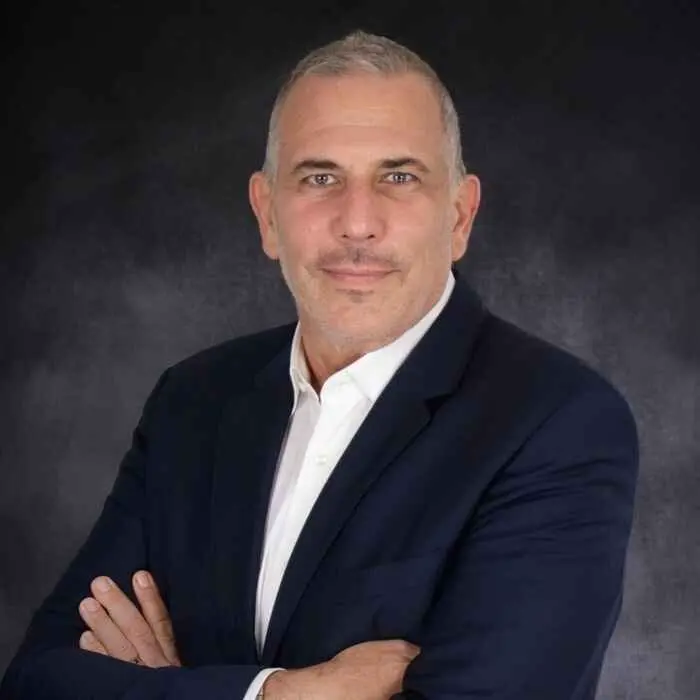- En /
- Aesthetic surgery /
- Rhinoplasty
RHINOPLASTY
- Written by Dr. Franck Benhamou
- Publication date 20 novembre 2024
- Updated date 14 octobre 2025
The surgery of rhinoplasty
The surgery is meant to reshape the nose either partially or totally, for cosmetic or medical purpose (deviated nasal septum, hypertrophy of the turbinate making breathing difficult…). The final purpose is to rebuild a nose without any changes in the face harmony or the patient personality and with an unchanged natural aspect. The operation is performed on the bone-cartilage frame and demands a good capability of the skin to adapt to the reshaping.
The pre-op examination allows an analysis of the patient’s motivations, expectations and personality, and allows an evaluation of the changes to be made which will be completed with an endonasal examination.
Corrections may vary from suppressing a little bump to total rebuilding of the whole nasal structures (external and internal). It is also possible to associate to this surgery other acts like transplants, osteotomy, meant to harmonize the face profile (chin for instance).
Incisions are performed in the nostrils and sometimes at the lower part of the columnella for lesser visible scars.
A pre-op evaluation is necessary before surgery, completed by endonasal examination and, if necessary, facial scanner.
A classical general anesthesia is most often performed. The anaesthetist doctor must be seen at least 48 hours before surgery.
A one day hospitalization is to be considered, but sometimes it is possible to perform an ambulatory surgery.
About the surgery of rhinoplasty:
The intervention may last from 45 minutes to 2 hours, depending on the act performed.
Invisible incisions are made inside the nostrils, but sometimes, according to the importance of the act, it may be necessary to make the incision at the basis of the nose wings or on the middle zone of the nostrils (columnella). This type of external incision is mainly performed for more complex rhinoplasty (nose job previously performed, particular act upon tip of nose).
Surgical techniques may be applied on each zone of the nose to correct predefined imperfections.
There is a phase called septoplasty meant to correct the flaws of the nasal septum (deviated septum and / or turbinates reduction) which impair normal breathing.
There is a phase called rhinoplasty meant to reshape the bridge et tip of the nose.
If necessary a reduction of the nostril openings may also be performed.
The two phases together are called septorhinoplasty. Resorbable threads are used.
Post surgery effects:
They usually cause little pain. Discomfort is caused mainly by the impossibility to breath through the nose during the first day because of the drain (24 first hours) and because of edema.
The use is to place drains that will be removed on the first day after surgery.
The ecchymosis and edema around eye lids will gradually fade away according to patients. To avoid scabs oily drops and nose washing are prescribed.
A modeling cast is to be kept for 8 to 10 days.
A convalescence of 10 to 15 days is to be considered according to the surgical act and it’s not recommended to go back to sport activities before 3 months.
Results:
When cast is removed the result is only partial : an edema on the back of the nose will disappear only after a few weeks.
A 2 to 3 months delay is necessary to evaluate the surgery result, and a slow evolution will allow a definitive result of the rhinoplasty only in 6 months / one year delay.
Complications of rhinoplasty:
After any kind of surgery, complications may occur, some due to the medical and / or cosmetic act itself, others particular to rhinoplasty.
Good security practices can limit risks but do not suppress them.
Some risks, very exceptional hopefully, cannot be anticipated and may endanger the vital or functional prognosis (emboly, phlebitis…).
Anesthesia carries its own complications that will be explained to you when you meet with the anaesthetist doctor.
Risks specific to rhinoplasty surgery :
Even if post-surgery effects are usually very simple, some of the possible complications linked to rhinoplasty must be known :
Infection: very scarce in nose surgery because the area is well vascularised, eventually an appropriated treatment can be applied.
Ecchymosis: post surgery bleeding is almost unavoidable and gives way to ecchymosis (bruises) on skin for one to two weeks.
Bad evolution of scars : (only for external scars) they are scarcely unsightly but sometimes additional surgical intervention may be necessary.
Necrosis of the skin: very scarce, usually limited and confined.
Bleeding: usually very moderate during the first hours following surgery. If bleeding is too important, it may be considered to put other drains or to perform another surgical act.
Flaws (little bumps, residual distorton…) : usually the patient’s expectations are
met, but if not, an additional surgical correction may be considered at least a
year after the first surgery.



